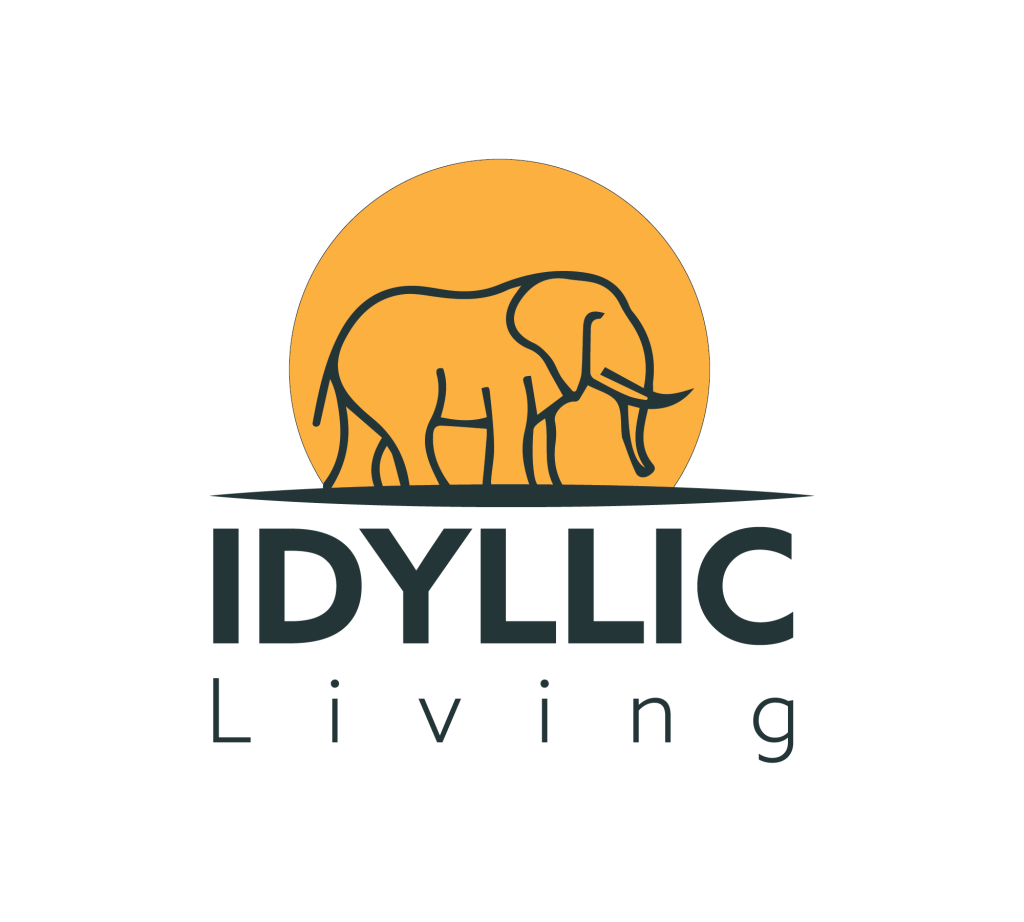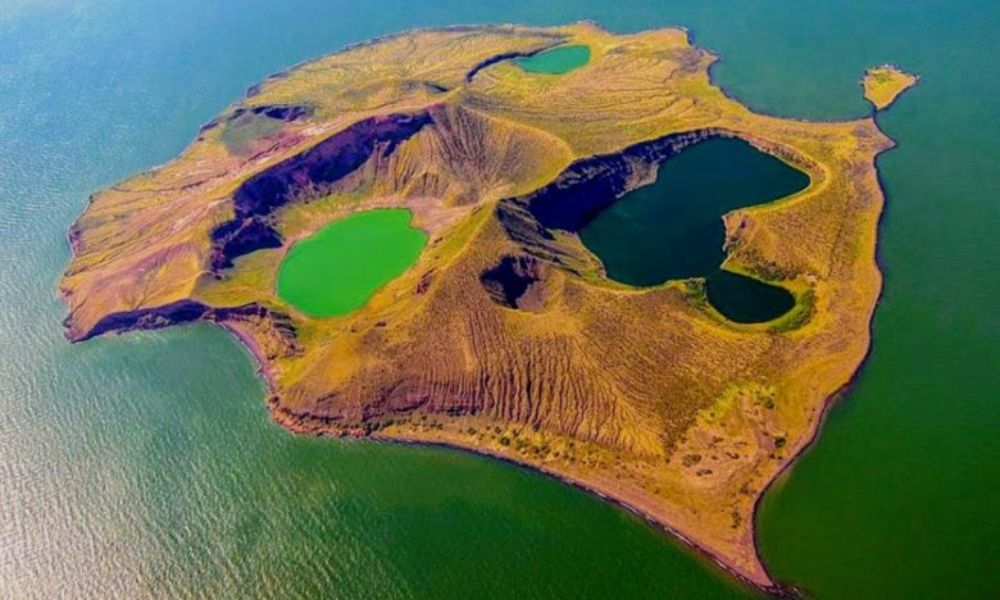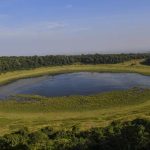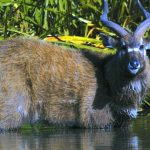Sibiloi National Park
Rarely mentioned in the list of the best national parks in Kenya is Sibiloi National Park, but it should be. This beautiful park is located in Turkana County (the cradle of mankind). Sibiloi stands on the edge of the world’s largest desert lake and the world’s largest alkaline lake, Lake Turkana and is a UNESCO, Man and the Biosphere (MAB) reserve and Kenya’s Important Bird Areas (IBA) as defined by Birdlife International, as it is a key stopover for 34 species of Palearctic migrant water birds. Some of the local bird species include the Goliath heron, African skimmer, white open African billed stork, duck and lesser flamingo. The avian haven for water bird species also serves as a stopover for rare migrant birds. A total of over 350 species of aquatic and terrestrial birds have been recorded in Lake Turkana. Lake Turkana is the world’s largest permanent desert lake and the world’s largest alkaline lake. It is known as Jade Sea because of its breathtaking turquoise colour which comes from blue green algae.
Sibiloi safeguards the remnants of Homo Habilis and Homo Erectus and is the site where Dr. Leakey unearthed the 2-million-year-old ‘1470’ fossil skull revealing a fascinating story of our ancestors. The Park is characterized by open plains flanked by volcanic formations such as Mount Sibiloi and a semi desert habitat. The scorching sun turned a once lush cedar haven to a petrified forest.
Koobi Fora paleontological site is a museum in the northern part of the park that is composed of claystones, siltstones, and sandstones that preserve numerous fossils of terrestrial mammals, including early hominin species. Presently, the ridge is being eroded into a badlands terrain by a series of ephemeral rivers that drain into the northeast portion of modern Lake Turkana. In 1968, Richard Leakey established the Koobi Fora Base Camp on a large sandspit projecting into the lake near the ridge, which he called the Koobi Fora Spit.
The Lake Turkana Cultural Festival is an annual festival to celebrate the rich culture and heritage of the communities living in the area such as the Turkana, Rendille, El Molo, Samburu, Dasanach, Borana, Gabbra, Waata and Burji. Lake Turkana is also an ideal destination for kite surfers due to its strong winds.
Animals that can be found in Sibiloi National Park include zebras, grant gazelles, lions, leopards, striped hyenas, Beisa oryx, Greater kudu, cheetahs and the Northern Topi among others. There are three main islands on Lake Turkana namely North Island (which is infested with poisonous snakes), Central Island and South Island. South Island and Central Island are national parks.
Central Island National Park
Also known as Crocodile Island, Central Island is a 5-sqkm volcanic island located in the middle of Lake Turkana in Kenya. Comprising a dozen craters, with three active volcanoes that belch up steam and smoke, it has three main crater lakes, Tilapia, Crocodile and Flamingo lakes which are the breeding ground for the largest population of Nile crocodiles. One of the most exciting things about this park is that it hosts giant crocodiles in vast numbers. These inoffensive creatures live harmoniously with the locals feeding off the lake’s prolific fish.
South Island National Park
South Island is covered end to end in volcanic ash and has vents with a nightly glow. These have been the inspiration of haunting tales of ghosts and evil spirits. This avian airport hosts 34 species of European migrants most spectacularly viewed as they return home between March and May.
Visitors can enjoy guided nature walks, boating, game viewing and camping. The Loiyangalani Desert Museum is about 2 kilometers with a rich cultural history and a beautiful backdrop of the stunning Lake Turkana as it sits atop a hill.
Nabuyotim Crater is one of the wonders of Lake Turkana that despite not being part of a national park, this amazing geological wonder in Lake Turkana. It is actually a caldera that was formed after a volcano collapsed. This beautiful crater is found in the middle of Lake Turkana.




